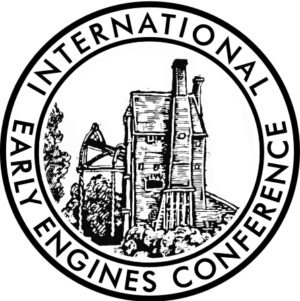Chevin Tower – An Engine House Hidden in Plain Sight. A New Theory on a Local Landmark
Castledine, Ian, Chevin Tower – An Engine House Hidden in Plain Sight. A New Theory on a Local Landmark, Transactions of the 2nd International Early Engines Conference, Volume 1, IEEC & ISSES, 2021 [ISBN: 9781872986241], pp.154-173
https://doi.org/10.54267/IEEC2-1-08
The tall square building known as Chevin Tower sits on the hill directly above the Milford tunnel on the North Midland railway constructed from 1837-1840 by the railways appointed contractors to surveys carried out by George & Robert Stephenson. Until recently it has always been described as a ‘signal tower’, or a manmade landmark to aid railway surveying where direct line of sight was not possible. In2021 articles in the Midland Journal explored the use of the tower casting some doubt on the signalling interpretation and this led the author to examine afresh the structure, its location and context. This review has refuted the original theories concerning its construction and postulating with extensive supporting evidence that the tower housed a winding engine used to raise material extracted in the shafts and tunnel headings below to the surface, thereby speeding up the process of its construction. This pattern of engine house with a vertical cylinder driving a winding drum mounted above was one widely used in the north-east coalfield during the 19th century and its construction was likely to have been influenced by the Stephensons whose background would have made them familiar with such an arrangement.
For access see Volume 1 of the Transactions of the 2nd International Early Engines Conference
